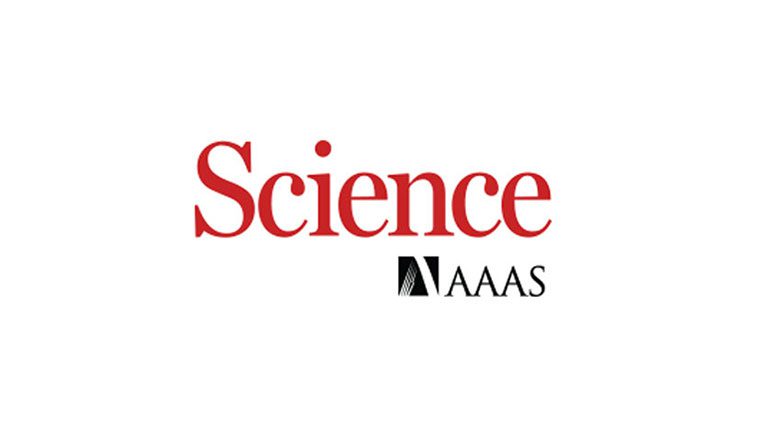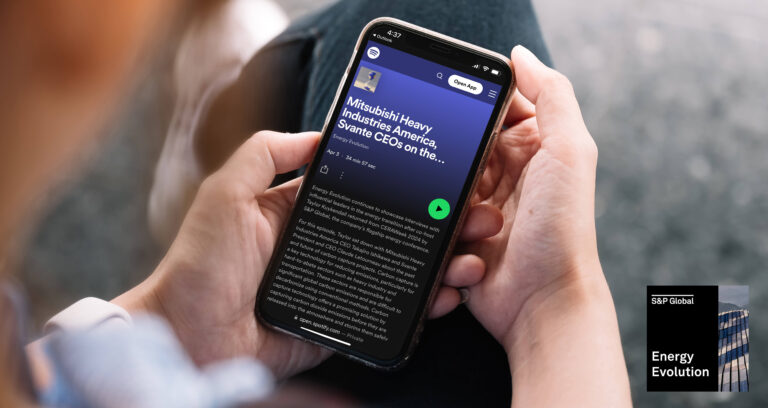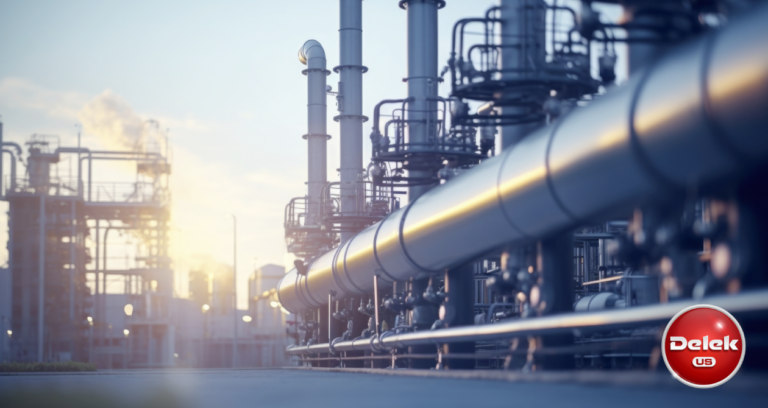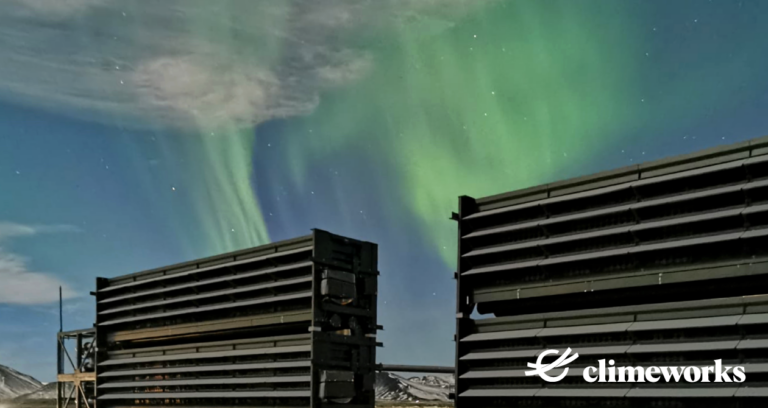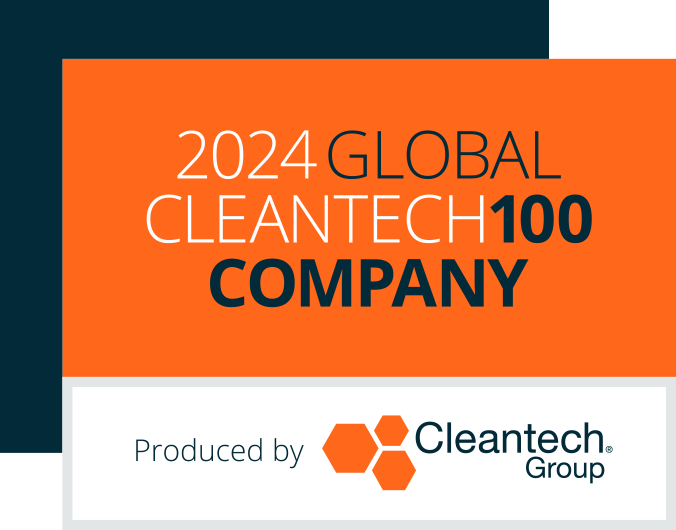A hydrophobic CO2 physisorbent
Most materials for carbon dioxide (CO2) capture of fossil fuel combustion, such as amines, rely on strong chemisorption interactions that are highly selective but can incur a large energy penalty to release CO2. Lin et al. show that a zinc-based metal organic framework material can physisorb CO2 and incurs a lower regeneration penalty. Its binding site at the center of the pores precludes the formation of hydrogen-bonding networks between water molecules. This durable material can preferentially adsorb CO2 at 40% relative humidity and maintains its performance under flue gas conditions of 150°C. —PDS
Abstract
Metal-organic frameworks (MOFs) as solid sorbents for carbon dioxide (CO2) capture face the challenge of merging efficient capture with economical regeneration in a durable, scalable material. Zinc-based Calgary Framework 20 (CALF-20) physisorbs CO2 with high capacity but is also selective over water. Competitive separations on structured CALF-20 show not just preferential CO2 physisorption below 40% relative humidity but also suppression of water sorption by CO2, which was corroborated by computational modeling. CALF-20 has a low enthalpic regeneration penalty and shows durability to steam (>450,000 cycles) and wet acid gases. It can be prepared in one step, formed as composite materials, and its synthesis can be scaled to multikilogram batches.
